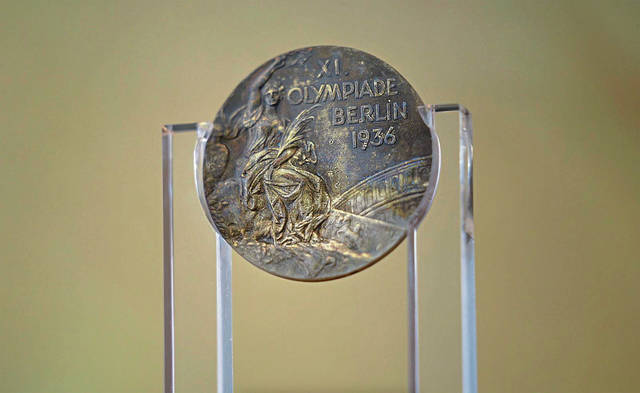Editorial: John Woodruff, the Olympian from Connellsville who paved the way
The Olympics has a way of focusing attention on the newest crop of athletes at the forefront of their sports. Today’s winners are pushing the boundaries of speed and skill, advancing each event further than it had been stretched before.
But it is just as important to remember that the newest gold medalists owe a debt to those who came before them — athletes like John Woodruff of Connellsville. The Tribune-Review remembered him last week with a story, “The Great Race,” and a video production, “Olympic Oak,” detailing his impact and the roots of athlete activism.
In 1936, “Long John” was just 21 and a student at the University of Pittsburgh who wasn’t allowed to live in the dorms. He had never been further from home than Pittsburgh when he found himself in Berlin, representing the United States in front of the world.
The man that history remembers from those games is Jesse Owens, another young Black runner, but he wasn’t the only African American proving Adolf Hitler’s white supremacist theories wrong. There were 18 Black athletes at those games, and they took 14 medals. Ten of them were gold.
One of those was Woodruff’s for the 800-yard dash, which he won with a long stride, a burst of speed and a calculating strategy for success.
“That there’s adversity, but you always had to have some type of strategy to get around the racism, to get around the discrimination, to get around the oppression,” said Samuel W. Black of the Senator John Heinz History Center. “I always thought of Woodruff’s race as being indicative of that. It’s a great metaphor for the African American struggle.”
Woodruff was not the first African American gold medalist. Neither was Owens. That honor went to John Baxter Taylor, also of Pennsylvania, who took his place on the podium in 1908 as part of the medley relay team.
The art and science of a race may be the simplest expression of the Olympic ideal. Everyone starts at a common point, it begins at a mutual signal and it ends at an agreed-upon line. The first to push body and soul to the finish wins.
But a relay might best sum up the journey from a sport’s early days as it evolves and progresses. Taylor laid the groundwork for Woodruff and Owens, who paved the way for Alice Coachman, Wilma Rudolph, Florence Griffith-Joyner, Usain Bolt, Gabby Douglas, Simone Biles and others.
Woodruff’s story is also told in the tree that stands by the Connellsville High School stadium — the oak that started life as a German Black Forest sapling given to those Olympic medalists 85 years ago.
For students at the school, it might seem no different than other trees. But its roots are a grandson of Virginia slaves who achieved success by pushing himself to go further and faster.
Remove the ads from your TribLIVE reading experience but still support the journalists who create the content with TribLIVE Ad-Free.

